Cruising 101
Who doesn’t love a cruise? Being out in the open water on a majestic ship, with blue skies and waters as far as the eye can see, brings the serenity of peace, and calm. Cruises have increased in popularity over the last few decades, and the cruising industry operates in not only its own industry but others as well.
The cruise industry shares many similarities with the hotel industry, in addition to the travel industry, entertainment industry, and leisure industry. Accommodation is provided on board, as well as some sort of entertainment, such as live music, and leisurely activities for cruisers of all ages. Traveling the 7 seas on a cruise ship gives traveling abroad to foreign lands a unique experience with different views, rather than arriving by plane or car.
Interesting Facts
Travel and tourism are big industries on their own, but cruising happens to be the biggest growing sector, rising at least 7% year to year. The industry itself accounts for 28 million people every year, just for passengers, this doesn’t include staff and crew members. Besides the obviously large size of cruise ships, the tallest being 22 stories high, there are many other unique facts about the cruising industry you may not know.
- The most famous cruise ship known around the world,The Titanic, was only a fraction of the size of modern cruise ships today. The largest cruise ship on the ocean today is twice the size of the Washington Monument with almost 3,000 cabins for passengers. The Titanic was only large enough to hold 2,229 people.
- The first cruise ship set sail in the year 1900. The ship was part of a Hamberg-American company, and was the size of an average private yacht, by today’s standards, but was a big stepping stone for the travel industry itself. It gave hope for people to reach new lands, safely, comfortably, and with an amazing view.
- The average cruise ships circle the world 3 times each year. Some ships even stay on the routes for more than 100 days. A cruise travels about 84,000 miles each year (73,000 nautical miles).
- There are cruise ships designed for permanent residents, with living quarters. This is a trend that has been on the rise very quickly in the past few years, especially among retirees. In some cases, living on a cruise ship full time is cheaper than living on land, and comes with all the perks and resources you need.
- There are parts of cruise ships that aren’t so sunny and magical. A lot of modern-day cruise ships have morgues, and jails below the deck. Anything can happen on board, and it is best to be prepared for any and all situations, even the unthinkable.
Different Types of Cruises
Today’s cruise lines typically fall into 3 main categories; mainstream, premium, and luxury. However, there is a way to break these sections down even more. The world is a big place, and the more ways to explore the better. Cruises come in all shapes and sizing, each aiming to attract its own specific passengers.
Let’s dive a little deeper into the industry and learn how these categories are broken down.
Large Ship Cruises
Large Ship Cruises are, more often than not, the most popular type of cruise each year. This kind of cruise is aimed at vacationers on holiday. Large ship cruises aren’t used for transporting goods from port to port, but rather a voyage meant to entertain passengers. In most cases, large ship cruises have a schedule of roundtrip transportation from the port, in addition to shore excursions, typically in other countries, as well as ‘sea days’ where the whole day is spent on the open sea.
Luxury Cruises
Luxury Cruises are very similar to large ships cruises, but with fewer crowds and are a lot more spacious. Cabins are typically more upscale, and what would be considered a 5-star room on a normal ship, would be considered basic on a luxury cruise ship. The quality of products, and service, is a lot higher on luxury ships. The staff to passenger ratio is also a lot larger, making service personal for each passenger. Luxury cruise ships are typically more expensive, but the standards and features are worth it.
River Cruises
River Cruises, unlike large ships cruises, take passengers on excursions on inland waters, instead of the ocean. River cruise ships are obviously a lot smaller in size and hold fewer passengers. These types of cruises often have many more stops or ‘shore excursions’ rather than large cruise ships, as there are more ports for stopping available. More often than not, river cruises will be a one-way trip rather than a roundtrip, beginning and ending in different cities or countries.
Expedition and Sailing Cruises
Expedition Cruises are a little different when it comes to points of focus and entertainment. Expedition cruises are focused more on nature and offshore activities, rather than the actual cruise itself. These journeys tend to be in more off the beaten path locations, or areas a lot less touristy.
Sailing Cruises are short-term travel excursions made by boat. When sailing, travelers can often reach their destination rather quickly, since their distance is a lot shorter. Sailing cruises are small enough to pamper guests but small enough to explore more secluded areas. Sailing cruises are often less crowded and have fewer high adrenaline onboard activities, and are meant to enrich and relax passengers in a more peaceful setting. On top of all that, hospitality is often over the top on sailing cruises.
Adult Only Cruises
Adult Only Cruises are very self-explanatory; no children. Adult cruises tend to have an age limit of 18 years or older, so passengers won’t be bothered by a temper tantrum throwing three-year-old or crying babies. Adult cruises also often have a larger selection of bars and alcohol, considering most people on board are here to relax and unwind, away from their kids.
World Cruises
World Cruises are cruises that take passengers on a journey around the world. They often start in one country, or even continent, and end in another. World cruises can be anywhere from 70 days, to 300 days long, or anywhere in between. These types of cruises are by far the most expensive but last a lot longer than average, have more stops and excursions, and are typically higher in quality and service.


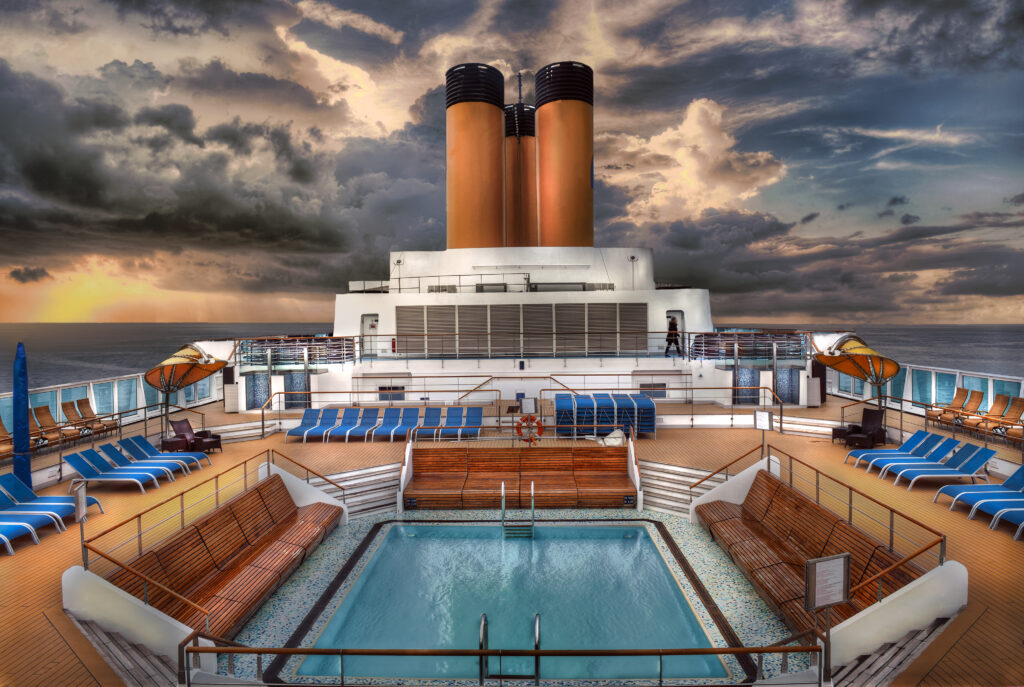

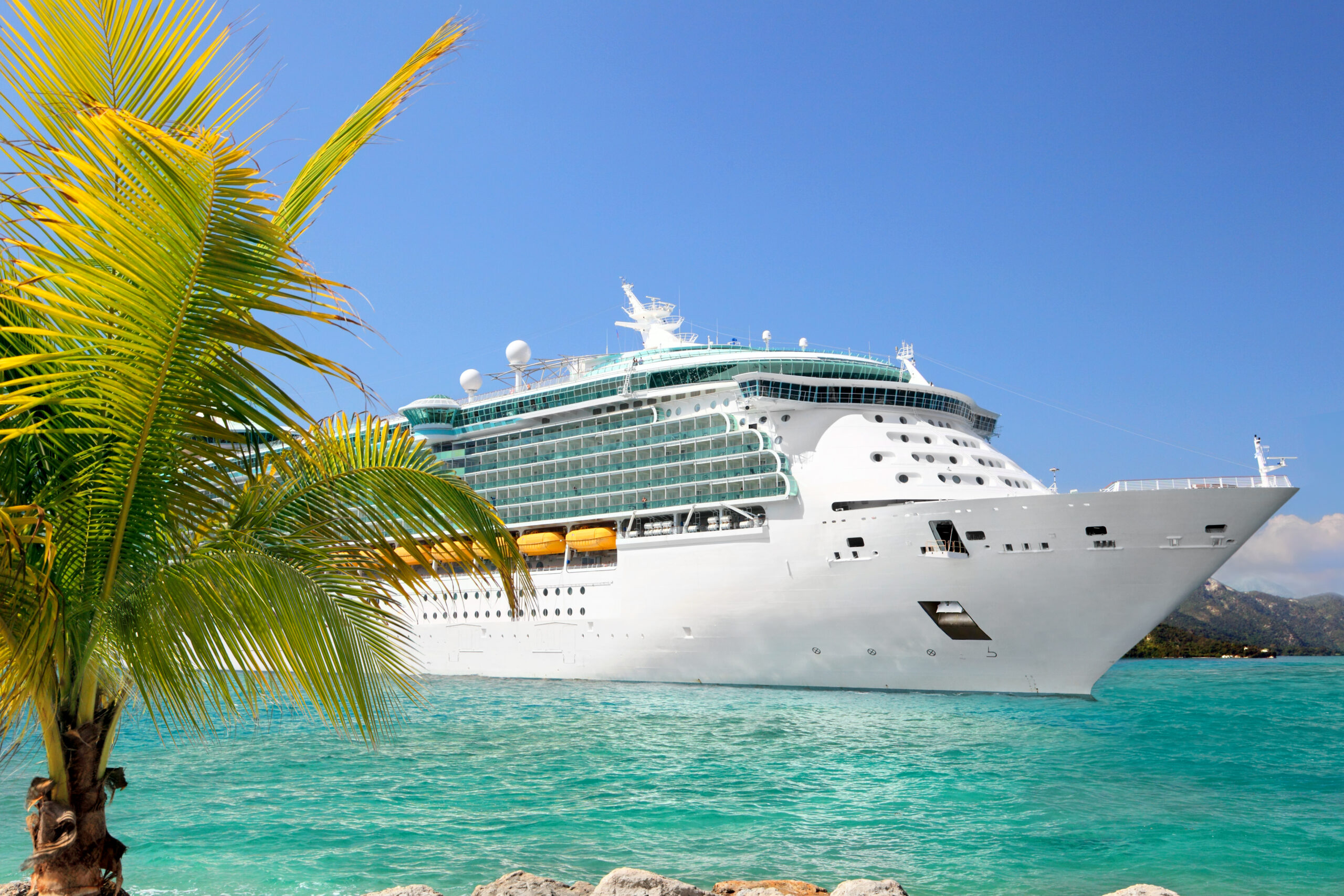
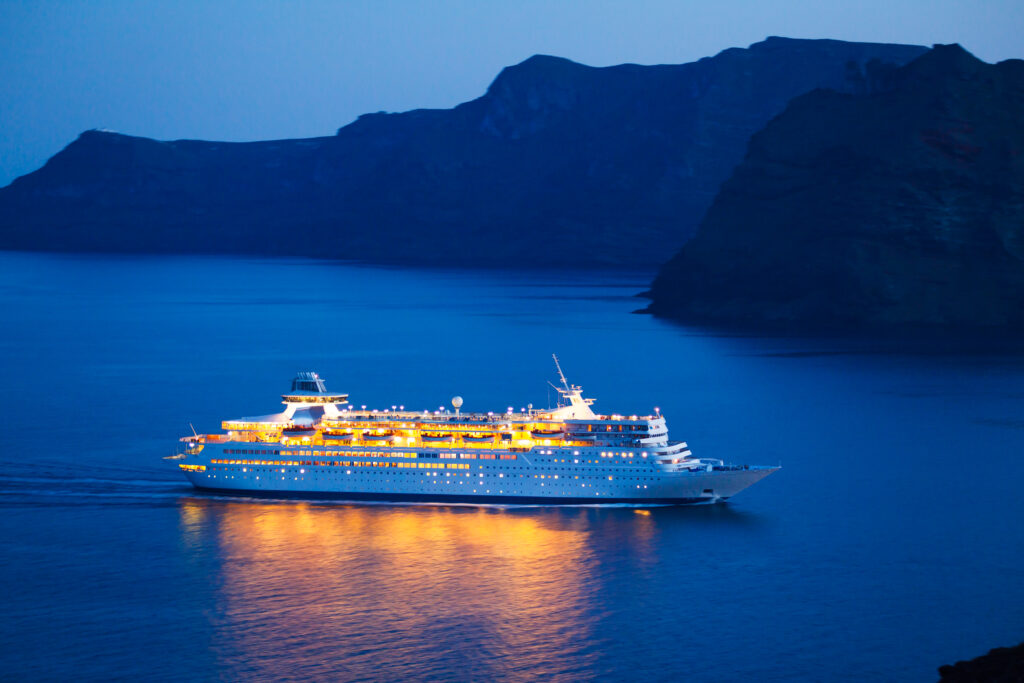
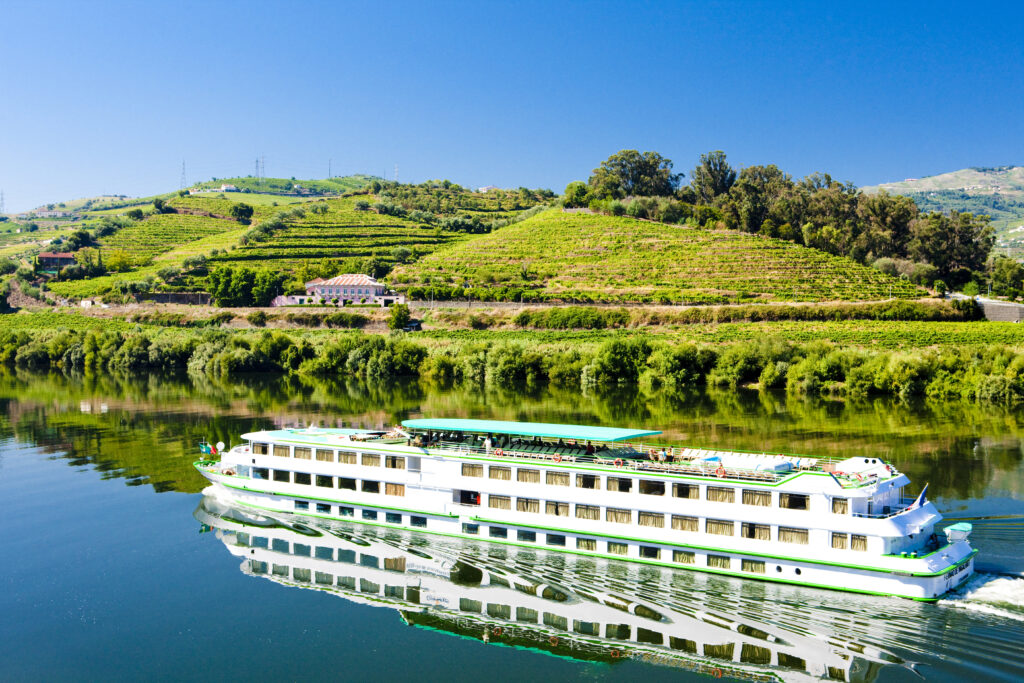

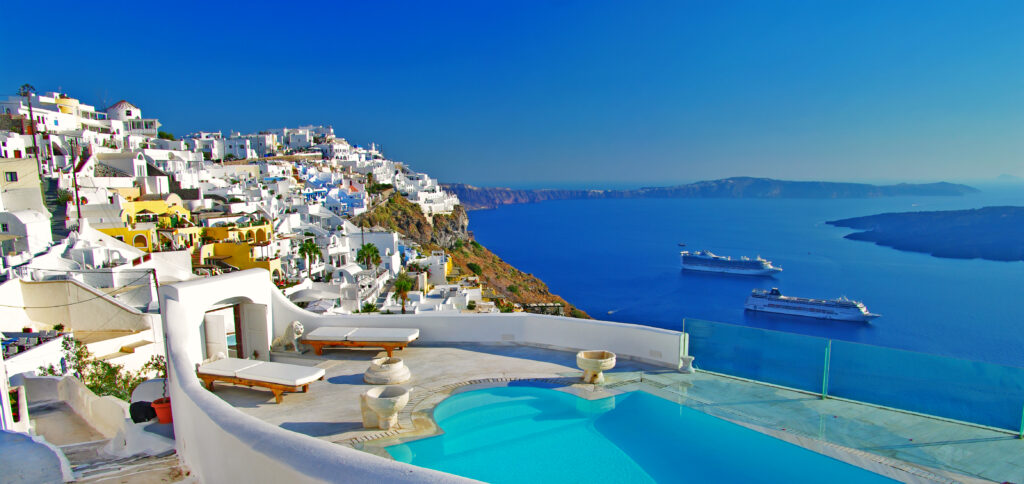
Leave a Reply